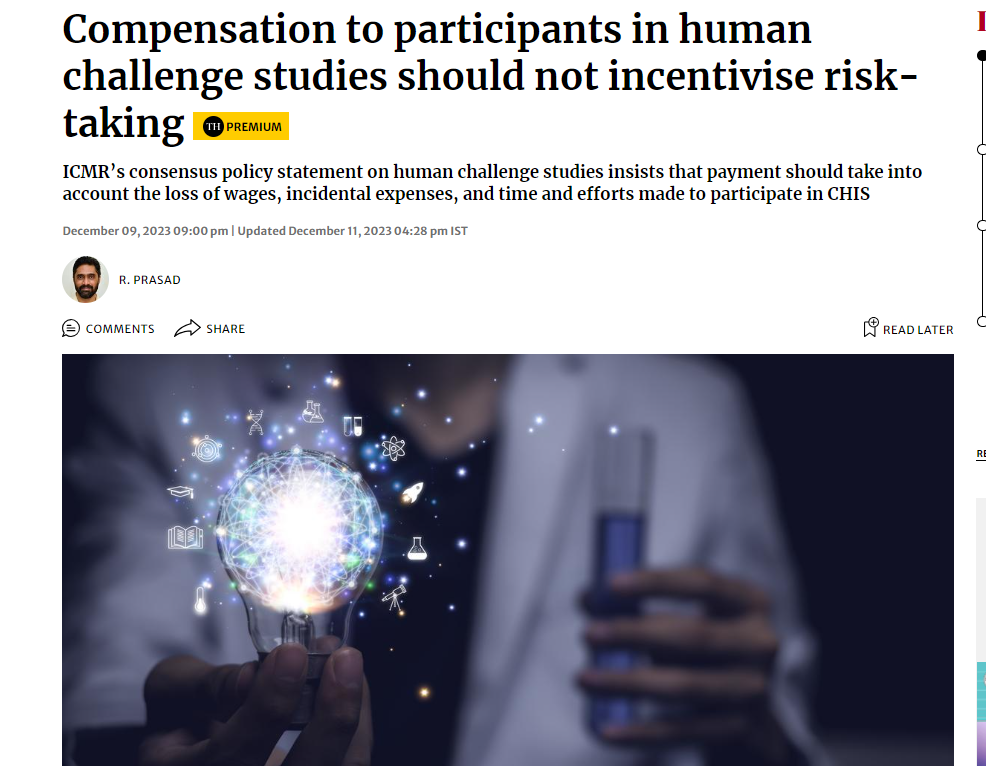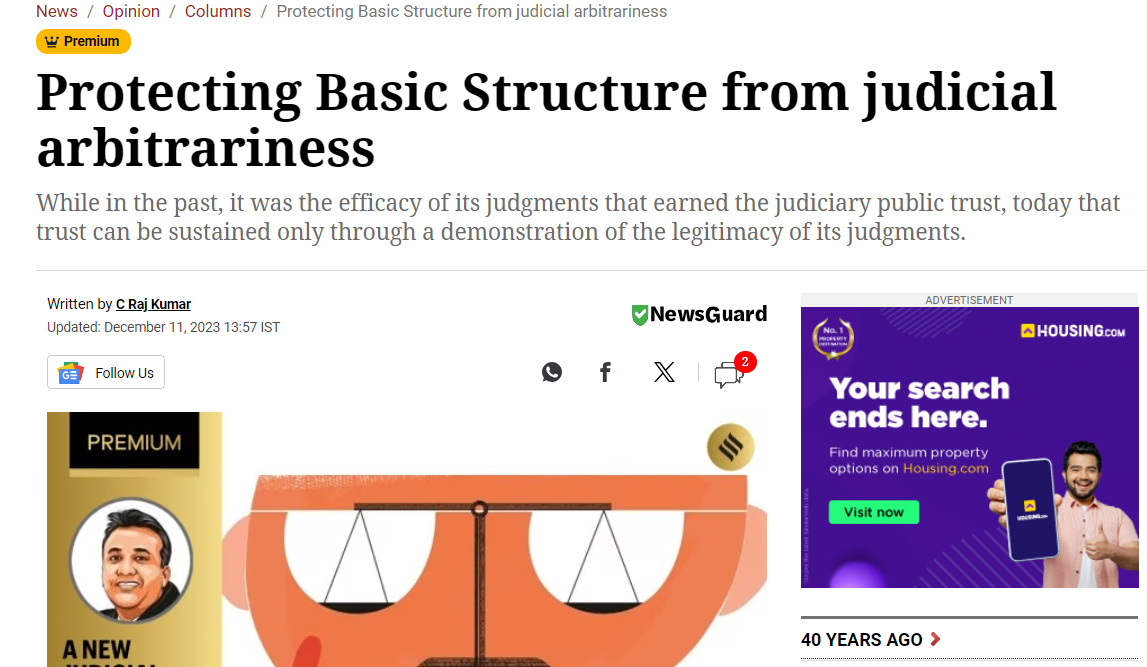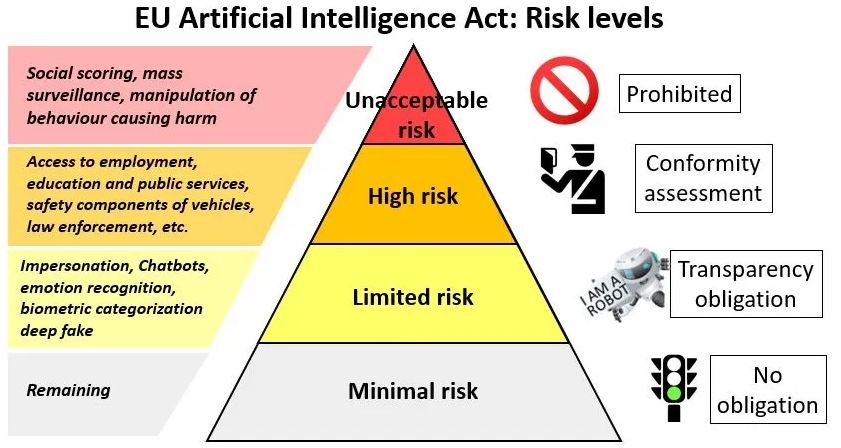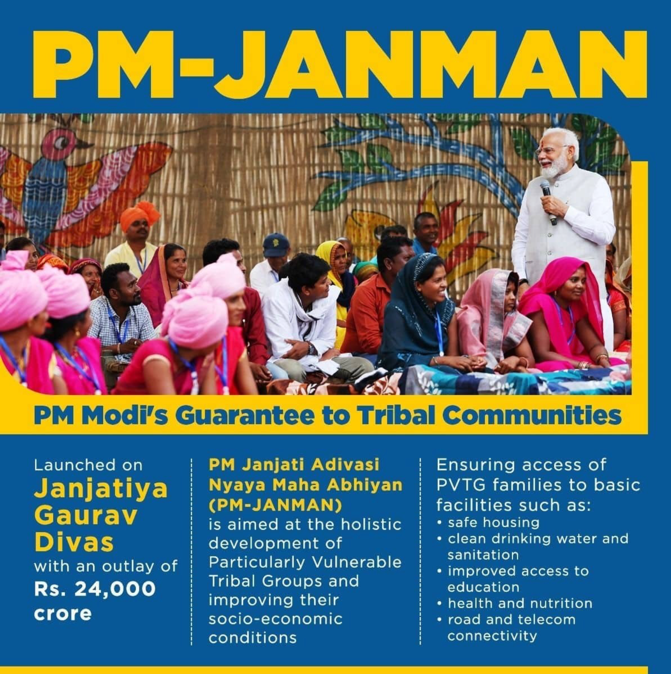75 Years of the Universal Declaration of Human Rights
Context
On December 10, the world commemorated the 75th anniversary of the Universal Declaration of Human Rights, a pivotal document adopted by the UN General Assembly in Paris.
Foundation of International Order: Post-World War II, this declaration played a crucial role in establishing the foundation for the international order, with the primary goal of preventing future atrocities.
Understanding the Universal Declaration of Human Rights
Document Structure: Comprising a preamble and 30 articles, the declaration outlines fundamental rights and freedoms.
Key Provisions: These articles underscore principles such as equality in dignity and rights, non-discrimination, the right to life and liberty, prohibition of slavery and torture, fair trial rights, asylum rights, and freedoms of religion, opinion, expression, and assembly.
Right to Education: The declaration also guarantees the right to education for all.
Origins and Development
- Post-War Sentiment: Rooted in the determination of “never again” after the world wars and the Holocaust, it served as a guiding framework for individual rights.
- Drafting Process: Chaired by Eleanor Roosevelt, the drafting committee represented diverse geographical regions, with contributions from over 50 countries shaping the final draft.
- Global Participation: Despite being drafted during widespread colonial rule, the declaration reflected a collective effort to ensure rights for all, including gender equality.
Impact and Legacy
Non-Binding Nature: While not a treaty or legally binding, its principles have influenced national laws and international human rights treaties.
Inspiration for Movements: It catalyzed decolonization, anti-apartheid, and various human rights movements globally.
Universal Standard: Despite facing criticisms, it remains a universal human rights standard, influencing subsequent human rights agreements.
Current Challenges and Relevance
Contemporary Conflicts: The declaration’s 75th anniversary coincides with ongoing human rights challenges in conflicts like Israel-Hamas, Russia-Ukraine, and internal strife in Myanmar and Sudan.
U.N. Secretary-General’s Concerns: Antonio Guterres highlighted the misuse and abuse of the declaration, with some governments undermining its principles.
Amnesty International’s View: The organization sees the declaration as proof of the feasibility of a global human rights vision.
Volker Türk’s Perspective: The U.N. High Commissioner for Human Rights emphasizes the enduring relevance of the declaration, urging the world to recognize its successes and learn from its shortcomings.
Conclusion: Upholding the Universal Declaration
Inherent Human Rights: The declaration emphasizes that human rights are intrinsic to every individual.
Leaders’ Responsibility: Leaders are reminded of their duty to uphold these rights, essential for the well-being of the people they serve.
Ethics and Compensation in Controlled Human Infection Studies (CHIS)
Context
The latest paper from August 2023 explores the ethical and financial dimensions of Controlled Human Infection Studies (CHIS), wherein participants are intentionally exposed to pathogens.
The paper contends that a $20,000 compensation for a six-month hepatitis C virus challenge study in the U.S. is justified, drawing insights from participant experiences and feedback from potential participants.
Ethical Considerations in CHIS
- Contentious Issues: A significant ethical concern in CHIS revolves around the potential for disproportionate payment, raising questions about inducement for participation.
- ICMR’s Bioethics Unit Stance: Advocates for altruism in CHIS participation, proposing that compensation should encompass lost wages, incidental expenses, time, and effort.
Views on Altruism and Compensation
- Jake D Eberts’ Perspective: Opposes the ICMR’s focus on altruism, asserting that monetary motivation, when coupled with informed consent and risk comprehension, is not inherently negative.
- Compensation in Past Studies: Eberts, having received $7,350 for a Shigella study and less than $5,000 for a Zika study, advocates for increased compensation in U.S. CHIS.
Compensation Models and Ethical Frameworks
- Anna Durbin and Dr. Wilbur H. Chen’s Approaches: Propose compensation based on time, specimen collection, and regional study pay standards. Dr. Chen employs a Wage-Payment model aligning compensation with wages in somewhat risky unskilled jobs.
- Compensation Calculation: The Shigella study’s $7,350 compensation is determined by factors such as visit duration, risk level, and completed activities.
Differing Opinions on CHIS Compensation
- Paul Zimmer-Harwood’s Experience: Participated in malaria and COVID-19 CHIS, with compensation based on study duration, visits, and inconvenience, rather than risk.
- COVID-19 CHIS Concerns: Dr. Chen questions the rationale for COVID-19 CHIS, citing the lack of effective therapies and the risk of Long COVID.
Participant Perspectives and Decisions
- Paul’s Decision-Making: Opted for the COVID-19 CHIS due to perceived low risk, prior infection, and vaccination. Compensation was higher but proportional to study demands.
- Risk Assessment: Paul deemed the risks acceptable compared to potential scientific contributions, underscoring that his decision was well-informed and measured.
Conclusion
Complex Ethical Landscape: CHIS presents a nuanced ethical terrain where compensation, risk, and participant motivation necessitate careful balancing.
Importance of Informed Consent: Ensuring participants are fully informed and comprehend the risks is crucial for maintaining ethical standards in CHIS.
Protecting Basic Structure from judicial arbitrariness
Recent discussions surround the impending 50th anniversary of the Basic Structure Doctrine, exploring its origins, supporting arguments, and addressing concerns related to judicial arbitrariness, while proposing solutions to ensure continued relevance.
Origin of Basic Structure Doctrine
- Dietrich Conrad’s Influence: The roots of the Basic Structure Doctrine trace back to Dietrich Conrad’s 1965 lecture, particularly impacting the Kesavananda Bharati case.
- Judicial Advocacy: Conrad’s ideas urged limitations on amending power to safeguard against extreme constitutional changes.
- Significance Emphasized: The doctrine underscored the importance of checks and balances on institutional powers.
Arguments in Support of Basic Structure Doctrine
- Importance of Restrictions: The doctrine acknowledges the necessity of limitations on all institutional powers, acting as a safeguard against legislative excesses witnessed during times like the Emergency.
- Constitutional Supremacy: It upholds the idea that the Constitution is supreme, with the judiciary playing a unique role in interpreting its meaning and defining the Basic Structure.
- Judiciary’s Crucial Role: In the information age, the judiciary’s role in constitutional protection becomes pivotal, addressing concerns about potential government abuse of power.
Strengthening the Doctrine
- Addressing Concerns: Recognizing the ongoing debate on judicial arbitrariness in Basic Structure interpretation, proposed solutions from a doctoral dissertation aim to mitigate the risks associated with arbitrariness.
- The Need for Understanding: Stressing the importance of a reimagined, transparent, and legitimate Basic Structure Doctrine to ensure its continued relevance.
Temporal Relevance: Highlighting that trust in the judiciary demands legitimacy and transparency, emphasizing the necessity of formulating the Basic Structure in clear terms to prevent a reduction in legitimacy
Global Renewables and Energy Efficiency Pledge
Context: At the COP28 climate summit held on December 2, a commitment to triple the worldwide green energy capacity to 11,000 GW by 2030 was endorsed by 118 nations.
- 118 nations pledged at COP28 to triple the global green energy capacity to 11,000 GW by 2030.
- This commitment entails nations doubling the global average annual rate of energy efficiency improvements from 2% to over 4% each year until 2030.
- The objective is to mitigate the increase in emissions and constrain the global average temperature rise to below 2 degrees Celsius, aligning with the goals outlined in the 2015 Paris Agreement.
Details of the Pledge:
- The commitment is not legally binding and is not officially part of the COP28 schedule.
- COP28 addresses the tripling of renewable energy, and the results are eagerly anticipated.
- The pledge signifies a collective dedication among global leaders to actively combat global emissions.
Growth in Renewable Energy:
- The International Energy Agency (IEA) forecasts that between 2022 and 2027, renewables will contribute to over 90% of global electricity capacity expansion.
- Solar, wind, hydropower, and biofuels are identified as future fuels, with the aim of eliminating fossil fuels as energy sources by 2050.
- Renewables are expected to experience significant growth, with an 85% acceleration compared to the previous five years, according to the IEA.
India’s Goals for Renewable Energy:
– As the world’s third-largest producer of renewable energy, India has set ambitious targets, striving to meet 50% of its electricity demands from renewable sources by 2030.
– The country also aims to achieve net-zero emissions by 2070.
Challenges in Renewable Deployment:
- Globally, the deployment of renewables faces challenges such as escalating costs, labor constraints, and supply chain issues.
- These obstacles have resulted in project delays and cancellations, leading to substantial financial losses for prominent developers.
India’s Stance on the Pledge:
- The EU, the US, and the UAE led the pledge, garnering support from countries like Brazil, Nigeria, Australia, Japan, Canada, Chile, and Barbados.
- India and China refrained from joining the initiative, expressing concerns about the call to phase down coal and cease investments in new coal-fired power plants.
However, in September 2023, India, as part of the G20, committed to working towards tripling global renewable energy capacity by 2030. The results of discussions at COP28 are anxiously awaited.
European Union’s law on AI
Context: After a marathon 37-hour negotiation, European Union (EU) officials have tentatively reached an agreement on what is touted as the world’s first comprehensive set of laws to govern artificial intelligence (AI).
EU’s AI Legislation:
- Following intense negotiations lasting 37 hours, EU officials have reached a provisional deal on comprehensive regulations governing AI.
- The legislation introduces safeguards to regulate the use of AI, providing consumers with the ability to file complaints in case of violations.
- Notable provisions include restrictions on facial recognition technology and the manipulation of human behavior by AI.
- Penalties are outlined for companies found to be in violation of the regulations, and real-time biometric surveillance is limited to situations involving serious threats.
Risk Classes in AI Applications:
- AI applications are classified into four risk categories, with certain applications, including mass-scale facial recognition, being banned.
- High-risk applications, such as AI tools for self-driving cars, are permitted but are subject to certification and transparency requirements.
- Medium-risk applications, like generative AI chatbots, can be deployed with detailed documentation and user awareness regarding AI interaction.
EU’s Leadership on Regulation:
- Europe has emerged as a frontrunner in tech regulation, with laws addressing online privacy, curbing tech dominance, and protecting against harmful online content.
- The US has made efforts to lead in AI regulation through an executive order and a proposed AI Bill of Rights.
- The EU’s General Data Protection Regulation (GDPR) has become a global template, while additional legislations like the Digital Services Act and Digital Markets Act focus on individual rights and preventing non-competitive practices.
Global Approaches to AI Regulation:
- Policymakers worldwide are closely examining generative AI tools for concerns related to privacy, system bias, and intellectual property.
- The EU adopts a stringent, use-case-specific approach, the UK pursues a ‘light-touch’ strategy to foster innovation, and the US falls somewhere in between.
- China has introduced its own measures to regulate AI.
India’s AI Approach:
- India highlights its successful implementation of technology in governance solutions through Digital Public Infrastructure (DPI).
- New Delhi aims to adopt a sovereign AI approach, concentrating on real-life applications in healthcare, agriculture, governance, and language translation.
India envisions developing its AI ecosystem for economic advancement while seeking a balance between global and domestic influences.
PM-JANMAN Scheme for PVTGs
Context
Recent information from the Union Tribal Ministry shared with the Rajya Sabha contradicts previous data, asserting that the population of Particularly Vulnerable Tribal Groups (PVTGs) is not decreasing.
The Pradhan Mantri-Janjati Adivasi Nyaya Maha Abhiyan (PM-JANMAN) has been introduced with a substantial budget to cater to the basic needs of PVTGs.
Understanding Particularly Vulnerable Tribal Groups (PVTGs)
- Definition and Characteristics: Formerly referred to as Primitive Tribal Groups, PVTGs are identified based on criteria such as a declining population, reliance on pre-agrarian technology, economic disadvantage, and low literacy rates.
- Distribution: Scattered across 18 States and Union Territories, India is home to 75 PVTGs, with the highest concentrations in Odisha and Andhra Pradesh.
- Historical Context: Inhabiting remote areas, these groups have historically been among the most vulnerable segments of Scheduled Tribes.
PM-JANMAN: Objectives and Financial Support
- Mission Goals: Launched earlier in the year, the mission concentrates on enhancing infrastructure and essential amenities in PVTG regions.
- Budget Allocation: A ₹24,000 crore package, approved by the Cabinet and contributed to by both central and state governments, supports the initiative.
- Implementation Strategy: Involving nine ministries, the program strives to improve housing, connectivity, healthcare, education, and economic opportunities in PVTG villages.
Challenges in Implementation
Data Gaps: A significant challenge arises from the lack of current and precise data on PVTG populations and socio-economic conditions.
Baseline Surveys: Although surveys are underway, their results are not yet public, and no separate Census for PVTGs has been conducted since 1951.
Recommendations: The National Advisory Council proposes conducting a dedicated Census for PVTGs to gain a better understanding of their needs in education, health, and housing.
Conclusion
Critical Need for Accurate Data: The successful execution of development projects for PVTGs relies on obtaining reliable data.
Holistic Approach: The government’s initiative demonstrates a comprehensive strategy to enhance the living standards of PVTGs, addressing various aspects of their well-being.
Continued Monitoring and Evaluation: Regular assessment and adjustment of strategies will be pivotal to ensuring the success of these development endeavors for PVTGs.







